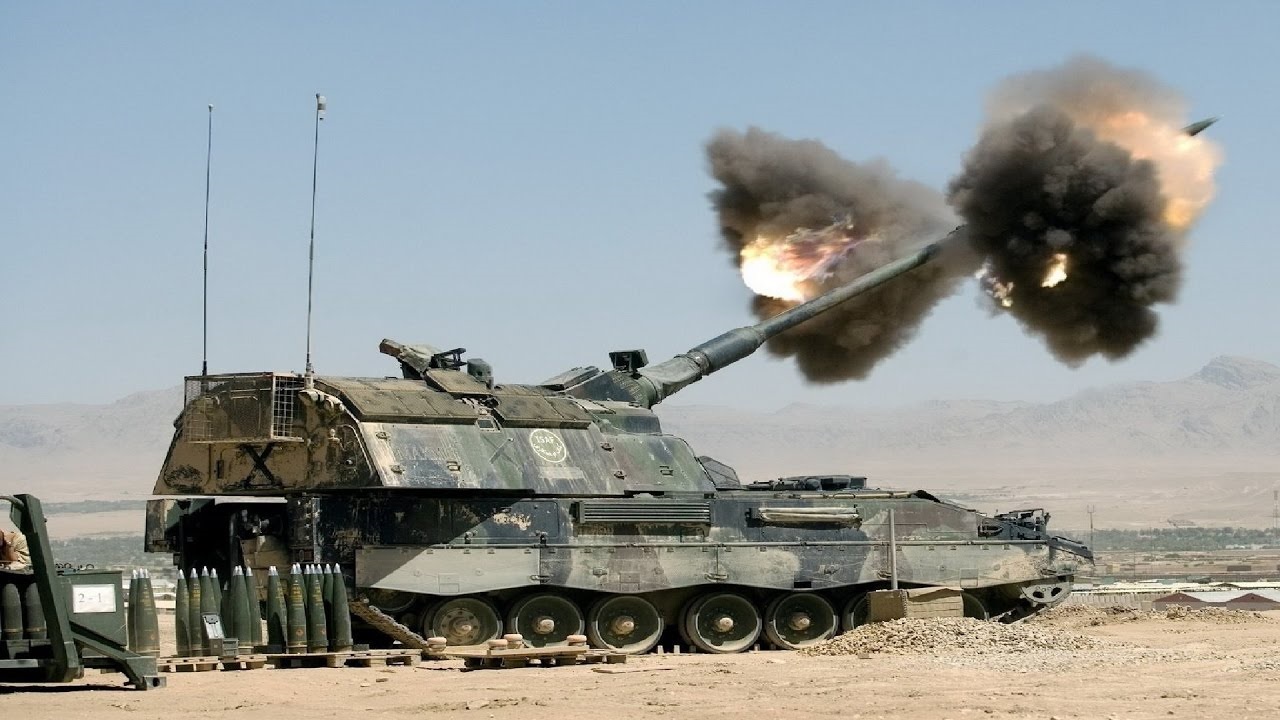Germany Announces More Ukraine Support As German PzH 2000 Howitzer Fail On Battlefield – German Defense Minister Christine Lambrecht confirmed on Saturday that Germany will be sending more weapons to Ukraine. The German government official also called on NATO allies to fill the “gaps in defense” in Ukraine by supplying more weapons, supplies, and equipment to Ukraine.
“We live in serious times, and in such times, it is also important to know where we have gaps in defense. The air defense is one such area where it is urgent to act,” Lambrecht said.
“One thing is certain: the current situation means we need to do more together,” Lambrecht also said, adding that Russian aggression is “getting more and more brutal” and that Putin’s threats to use nuclear weapons show that “Russian authorities have no scruples.”
The German official made the comments during a visit to Lithuania, where German troops are stationed.
Germany’s latest weapons package to Ukraine is expected to include 100 tanks from Slovakia and Greece, as well as an IRIS-T air defense system.
Bad News for German PzH 2000 Howitzers Already Deployed
The announcement follows the news that German PzH 2000 howitzers sent to Ukraine are failing in large numbers. The self-propelled howitzer, developed by Rheinmetall and Krauss-Maffei Wegmann in the 1980s, is designed to offer a high rate of fire, shooting three rounds in nine seconds and ten rounds in 56 seconds.
Krauss-Maffei Wegmann confirmed in July that the German government had approved the sale of 100 of the howitzers at a cost of 1.7 billion euros. The full run of the vehicles is expected to take a number of years to complete but came after an initial donation of 12 PzH 2000 howitzers to Ukraine from the Dutch and German governments. A total of 22 howitzers have since been donated by the two countries to Ukraine.
Reports revealed this month how the German military believes that the howitzers being used in Ukraine are wearing out more quickly than originally expected owing to the high frequency of shooting. When operated in “burst mode” – the highest rate of fire the howitzer offers – significant pressure is placed on the loading mechanism.
Ukrainian forces also reportedly attempted to figure special ammunition at too far a distance, putting yet more pressure on the howitzers and causing as many as one-third of them to fail on the battlefield.
Where the howitzers will be repaired, however, remains uncertain. Originally, Berlin expected to send the vehicles to Poland to be repaired, but Warsaw reportedly demanded confidential information about the designs of the weapons, which could not be provided – leading to the collapse of the original deal.
Jack Buckby is a British author, counter-extremism researcher, and journalist based in New York. Reporting on the U.K., Europe, and the U.S., he works to analyze and understand left-wing and right-wing radicalization, and reports on Western governments’ approaches to the pressing issues of today. His books and research papers explore these themes and propose pragmatic solutions to our increasingly polarized society.

